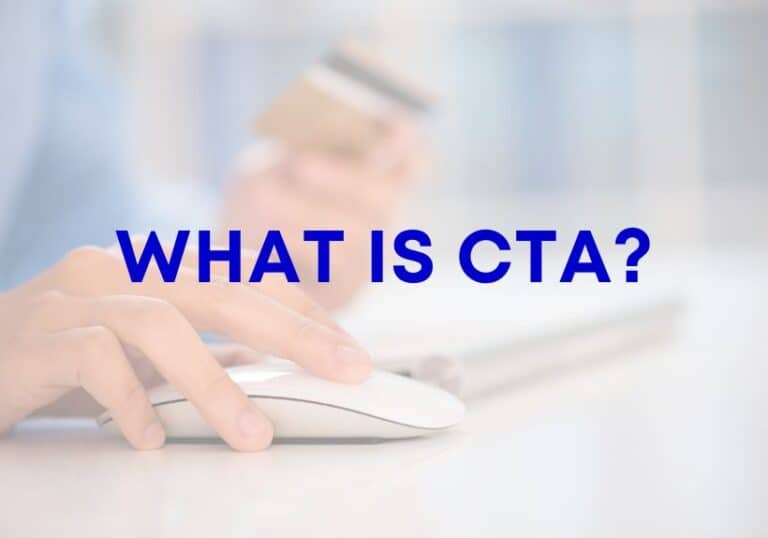When you sell to everyone, you sell to no one. Sure, that’s a cliche because it’s repeated so often. However, it is a cliche because it’s the truth. Knowing your audience is the first step in developing any marketing campaign. Yet I see small business owners frequently make the mistake of skipping over the stage of clearly identifying the personality of their target customer. This post is to explain what is a customer avatar, and how an entrepreneur can use it effectively in their small business.
First, to clarify terminology. A customer avatar is also a marketing persona, and a buyer persona. It also means target market. Essentially, a customer avatar is a snapshot, an overview of what drives their buying decisions. So it’s more than age and stage of life; it’s also what they think about and care about.
Why create a customer avatar
Marketing has always been about making a connection with the customer. Technology has changed how we do this, of course. From painted billboards during the Roman Empire to the sophisticated sales funnels built online today, the history of marketing shows constant evolution. However, one thing has remained the same – successful marketing is communicating a message that compels a person to buy the product or service being sold.
So why create a customer avatar? Because to communicate that marketing message effectively, you have to know who you are speaking to. A call to action only works when it appeals to the target customer. (To understand more about the call to action and how to use it in your business, read What is CTA.) Overall, creating this step allows the business to focus their branding and message, communicate the CTA more effectively, and analyse data in a meaningful way.
Having a customer avatar helps an entrepreneur:
- Focus marketing
- Communicate effectively
- Analyse and make decisions
For example, say the target audience is 30-35 year old lawyers living in the United States. But marketing metrics from Google Analytics, Meta reports, and other feedback tools show that the message isn’t reaching that demographic. This information explains the poor campaign performance, and helps guide decisions on how to change up the marketing tactics.
Examples of a customer avatar
What is a customer avatar for entrepreneurs
As shown in the examples above, a customer avatar is a snapshot on just 1 or 2 pages. However, the layout is not important. This isn’t about learning graphic design! What matters for entrepreneurs is to understand details under these categories:
Demographics
Age, gender identity, education level, annual income
Psychographics
Values, interests, attitude, and beliefs
Behaviours
Hobbies, activities, and habits
Goals & Challenges
Considering the product or service you are selling, what are the goals and challenges of your ideal customer? Think about pain points, and what problems they need to solve. And also, what gives them joy, and makes their life easier?
Information Sources
Communication preferences. Basically, how do they interact with the world? This can be specific social media channels, websites, publications, and media. Don’t overlook sources in the community, like a local paper or radio station.
Conclusion
Clearly, knowing what is a customer avatar is important for entrepreneurs. Especially those closely involved with branding, marketing, and pricing decisions. Having a clear sense of who the customer is will guide decisions in these areas. Download this free Customer Avatar Roadmap to get started. If you don’t want to do this alone, think about getting help from an experienced business coach.




